Covid-19 has ended rush hour traffic, with levels now remaining consistent throughout the day, new data from Cubic Telecom suggests.
Before coronavirus spread across the globe, many drivers in Europe were travelling to and from the office across an 11-hour period.
Morning and evening rush hour peaks meant more cars on the roads, more traffic, congestion, and pollution.
“When COVID-19 hit there was a sudden change to this cycle,” said Richard Springer from Cubic Telecom.
“Morning and evening peaks all but disappeared and people tended to steadily travel throughout the day.”
Springer suggests this would have been for food shopping, checking in on relatives, or other non-work-related activities.
“The peaks occurred at 2pm and 4pm,” he said.
Now, as countries have social distancing restrictions lifted, there is evidence that the lockdown trend has persisted and could remain for the foreseeable future, despite there being significantly more cars on the roads throughout the day, not just morning and evening.
City transport systems are being re-imagined for life after lockdown. Find out how in the latest digital edition of Fleet News by clicking here and what impact it could have fleet operators by clicking here.
Springer said: “As companies continue to advise employees to work from home, 11am has become the new 8am.”
He explained: “What is interesting is that there are more cars on the roads in general than pre-pandemic, there is a noticeably consistent movement away from public transport.
“Travellers are using private transport means to get from A to B to avoid possible exposure to the virus.”
It is a trend that is illustrated by the latest data from the independent UK watchdog Transport Focus.
It shows that business travellers and commuters continue to steer clear of public transport, preferring to drive rather than travel by bus or train.
Having tracked transport usage over the past six weeks, its survey results show public transport has remained consistently low.
Before the outbreak, 43% nationally used public transport at least a few times a month, while 80% used the car.
But just 2% of respondents said they had used a bus in the past week, which has remained unchanged since Transport Focus began its weekly survey.
In terms of trains and the London Underground, usage has again remained unchanged over the period, with only 1% of respondents saying they had travelled on either.
More than a third (36%) of respondents said they were avoiding public transport on Government advice.
A third (32%) of respondents said they would not use public transport for any reason until they felt completely safe.
However, almost one in eight said they would begin using public transport again when shops were open again or when their employer asked them to return to work.
Separate survey results from The Business Clean Air Taskforce (BCAT), show that almost one in five commutes by car could be avoided if employees continue to work remotely as we emerge from lockdown.
The survey, commissioned by charities Global Action Plan and Guy’s and St. Thomas’s Charity, revealed that 87% of those currently working from home would like to continue to do so to some degree - which means that post-lockdown we could have 17 million regular remote workers versus just 10.8m pre-lockdown.
Furthermore, it showed that of the 19.5 million who have been working from home during lockdown, 41% were previously not allowed to do so.
Data from Cubic Telecom shows changing traffic flows
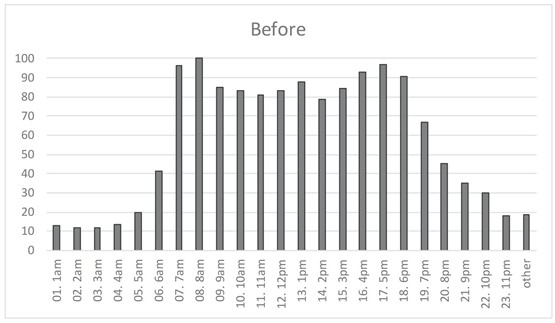
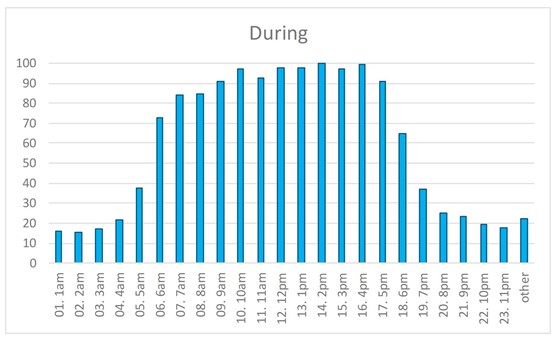
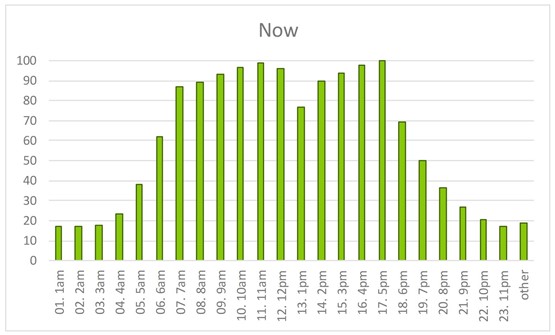



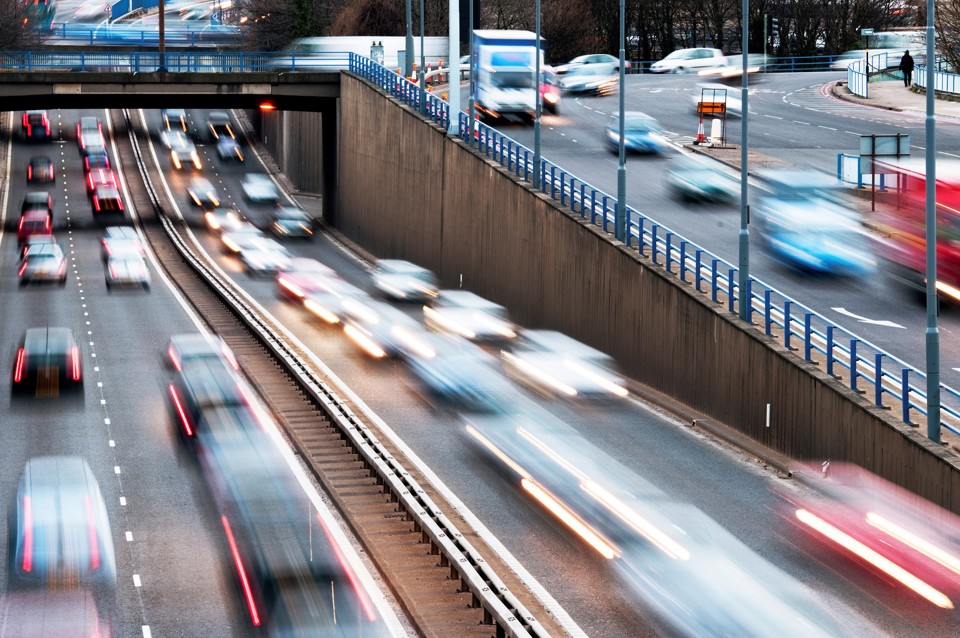

















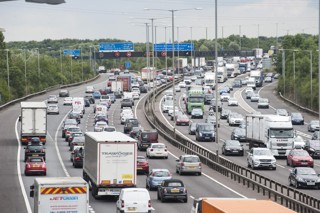
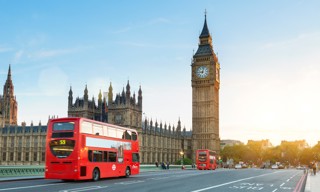
Login to comment
Comments
No comments have been made yet.